Utorak, Jul 05, 2011
Carnevale di Venezia
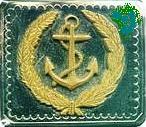



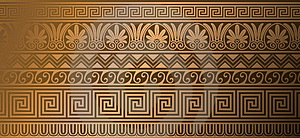
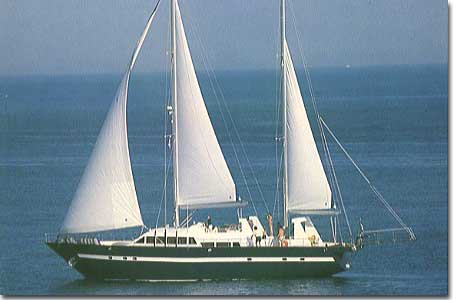



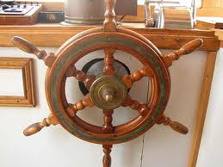

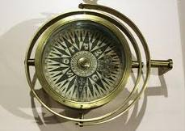
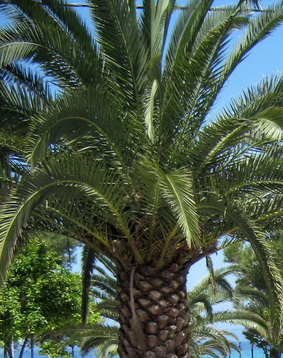

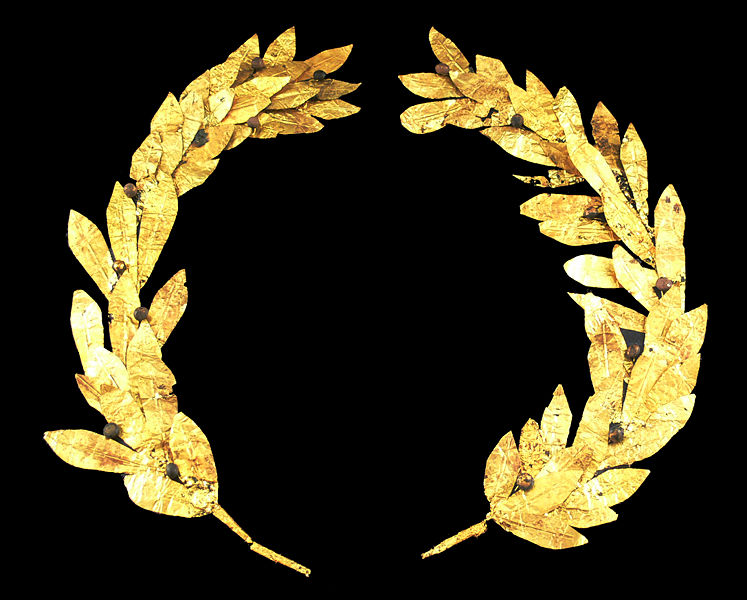
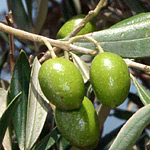


MEDITERRANEO SEA ART CLUB
LE MASCHERE DELLA COMMEDIA
DELL ARTE
Млетачка република (Republica de Venexia) средњевековна аристократска република.
1205. - 1358 била je на врхунцу моћи и као највећа поморска средоземна сила с правом је називана "господарицом мора".
CARNEVALE DIEDE IMPULSO AD UN NUMERO CRESCENTE DI SPETTACOLI MASCHERATI ALLESTITI NEI TEATRI PRIVATI DELLA CITTA.
Gli eventi erano spesso allestiti e finanziati da famiglie nobili veneziane, le quali intravidero presto l’esigenza di affidare le rappresentazioni, sempre più elaborate, a grandi artisti e veri professionisti della recitazione.

VENECIJANCKI LAV
The Carnival of Venice (Italian: Carnevale di Venezia) is an annual festival, held in Venice, Italy. The Carnival starts around two weeks before Ash Wednesday and ends on Shrove Tuesday (Fat Tuesday or Martedì Grasso), the day before Ash Wednesday.
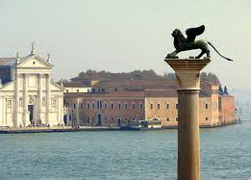
Млетачка република (Republica de Venexia[1]) је била средњевековна аристократска република.
До X века је признавала власт Византије, кад јој је формално призната независност, након чега се нагло развила и ојачала захваљујући развитку трговине. У тежњи за експанзијом према Истоку постала велики непријатељ Византије и била главни учесник у њеном рушењу 1204. и оснивању Латинског царства.
Од XI до XIII века проширила је власт на један део Ломбардије, Далмацију, Албанију, Пелопонез, Крит, Кипар и егејска острва; у XV веку под њену власт пали су градови Падова, Вићенца, Верона, Бреша, Бергамо и др.
Експанзија на Јадран почиње 1000. год. када је дужд Петар II Орсеоло освојио већи део некадашње Римске провинције Далмације. Нарочиту корист извукла је после IV крсташког рата када је добила део Цариграда, Мореју, јонска острва и неограничено право трговине; 1205. - 1358. њену врховну власт признао је и Дубровник; тада је била на врхунцу моћи и као највећа поморска средоземна сила с правом је називана "господарицом мора".

NOVAC MLETAČKE REPUBLIKE
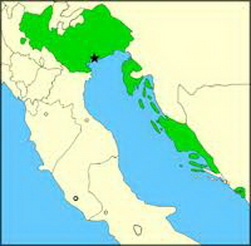
KARTA MLETAČKE REPUBLIKE

VENECIJA
Опадање њене моћи, као и моћи свих трговачких градова у Средоземљу почело је у XVI в. открићем Америке и поморског пута за Индију, јер су се поморски путеви и светска трговина померили са Средоземног мора на Атлантски океан; од XVI в. губи источне поседе, које јој отимају Турци (Кипар 1571, Крит 1669. и др.). Независност је коначно изгубила Кампоформијским миром 1797, којим ју је Наполеон I уступио Аустрији, а 1805. - 1815. припојио је својим поседима у Италији; 1815. - 1866. поново припадала Аустрији, а 1866. ушла у састав уједињене Италије.

Masks have always been a central feature of the Venetian carnival; traditionally people were allowed to wear them between the festival of Santo Stefano (St. Stephen's Day, December 26) and the start of the carnival season and midnight of Shrove Tuesday. They have always been around Venice. As masks were also allowed on Ascension and from October 5 to Christmas, people could spend a large proportion of the year in disguise [1]. Maskmakers (mascherari) enjoyed a special position in society, with their own laws and their own guild.


Venetian masks can be made in leather or with the original glass technique. The original masks were rather simple in design and decoration and often had a symbolic and practical function.
Nowadays, most of them are made with the application of gesso and gold leaf and are all hand-painted using natural feathers and gems to decorate.


Bauta (sometimes referred to as baùtta) is the whole face, with a stubborn chin line, no mouth, and lots of gilding". One may find masks sold as Bautas that cover only the upper part of the face from the forehead to the nose and upper cheeks, thereby concealing identity but enabling the wearer to talk and eat or drink easily. It tends to be the main type of mask worn during the Carnival. It was used also on many other occasions as a device for hiding the wearer's identity and social status. It would permit the wearer to act more freely in cases where he or she wanted to interact with other members of the society outside the bounds of identity and everyday convention. It was thus useful for a variety of purposes, some of them illicit or criminal, others just personal, such as romantic encounters.


In 18th century, the Bauta had become a standardized society mask and disguise regulated by the Venetian government. It was obligatory to wear it at certain political decision-making events when all citizens were required to act anonymously.
Only citizens had the right to use the Bauta. Its role was similar to the anonymizing processes invented to guarantee general, direct, free, equal and secret ballots in modern democracies.
It was not allowed to wear weapons along with the mask, and police had the right to enforce this ruling.


Le maschere della Commedia dell'Arte
Carnevale diede impulso ad un numero crescente di spettacoli mascherati allestiti nei teatri privati della città. Gli eventi erano spesso allestiti e finanziati da famiglie nobili veneziane, le quali intravidero presto l’esigenza di affidare le rappresentazioni, sempre più elaborate, a grandi artisti e veri professionisti della recitazione.
Questi spettacoli in luoghi privati erano inizialmente riservati ad un ristretto pubblico di famiglie nobili. Verso la metà del 1500, seguendo il grande sviluppo e la richiesta di questo genere artistico, a Venezia aprirono numerosi altri piccoli teatri, rivolti anche ad un pubblico popolare.
Verso l’inizio del 1600, con l’incremento del numero e della qualità delle compagnie teatrali, formate ormai da artisti professionisti ed apprezzate anche fuori città, si svilupparono vere e proprie attività legate al mondo della commedia teatrale, delle arti sceniche e dell’artigianato dei costumi e delle maschere.

Emersero numerosi e talentuosi autori teatrali, diventando celebri rappresentando opere sempre più raffinate e complesse. La definizione di commedia dell’arte nasce proprio a Venezia e risale al 1750, quando il drammaturgo e librettista Carlo Goldoni lo introduce all’interno della sua commedia Il teatro comico.



